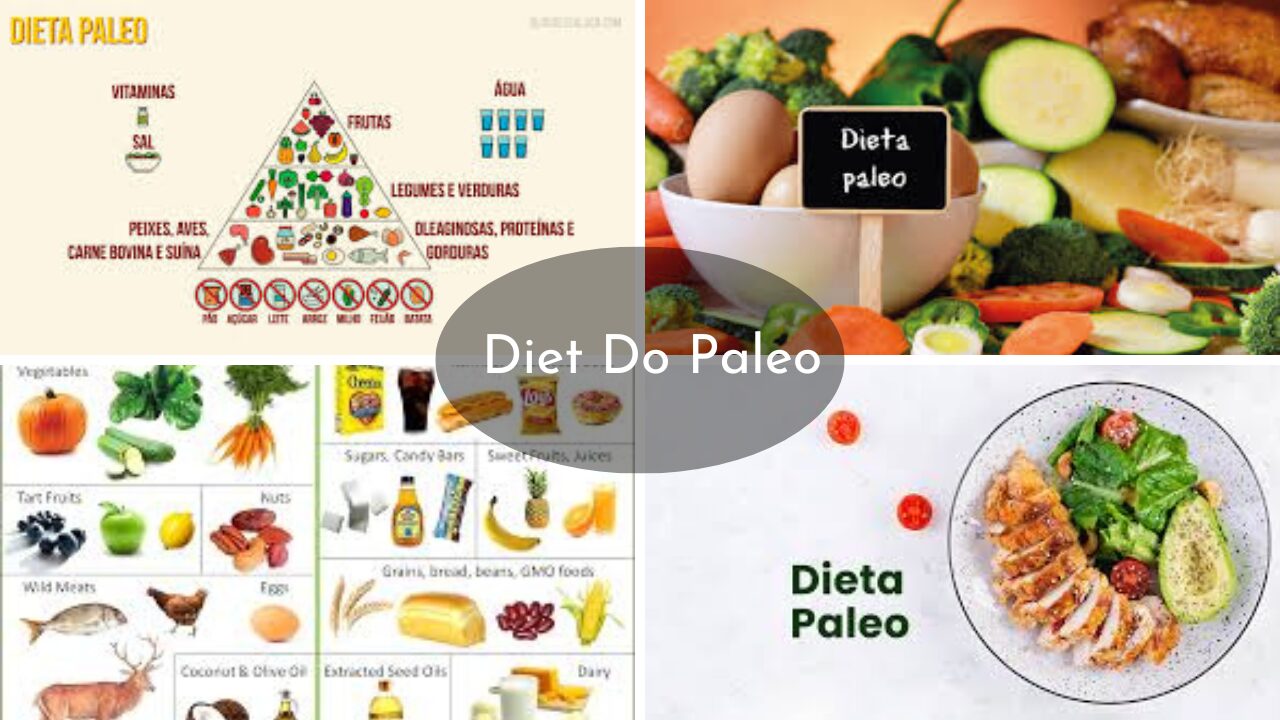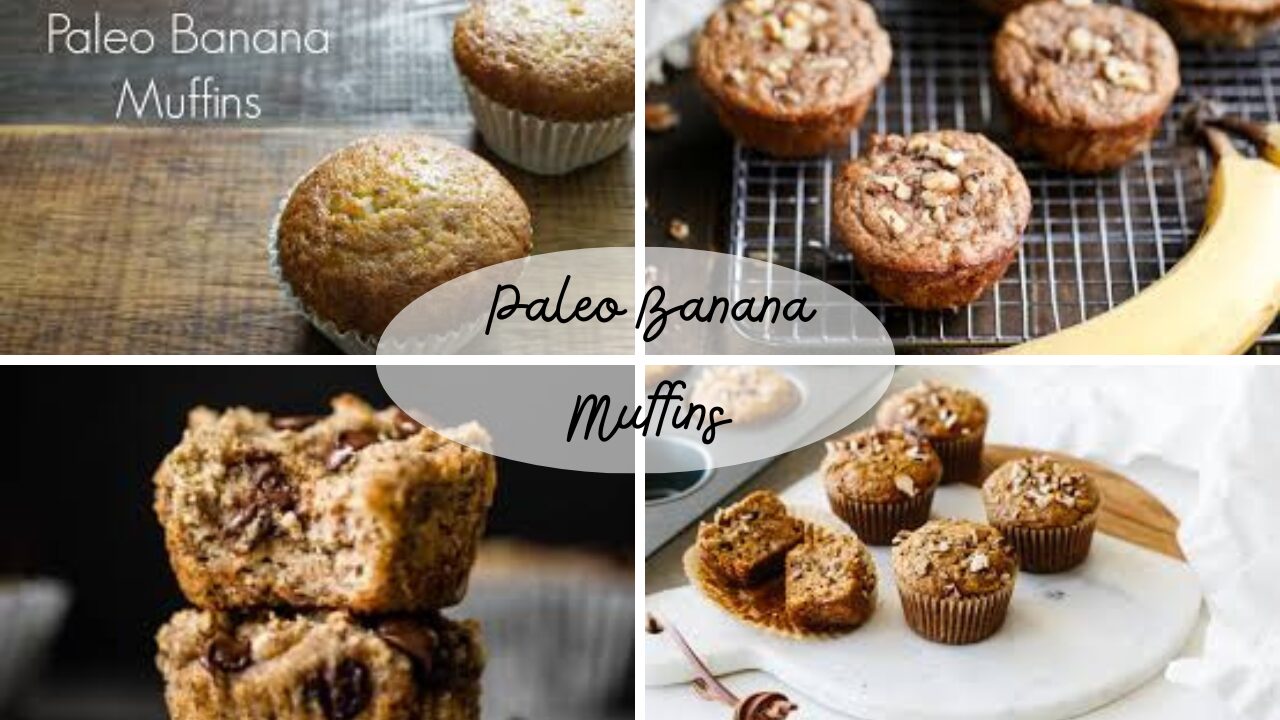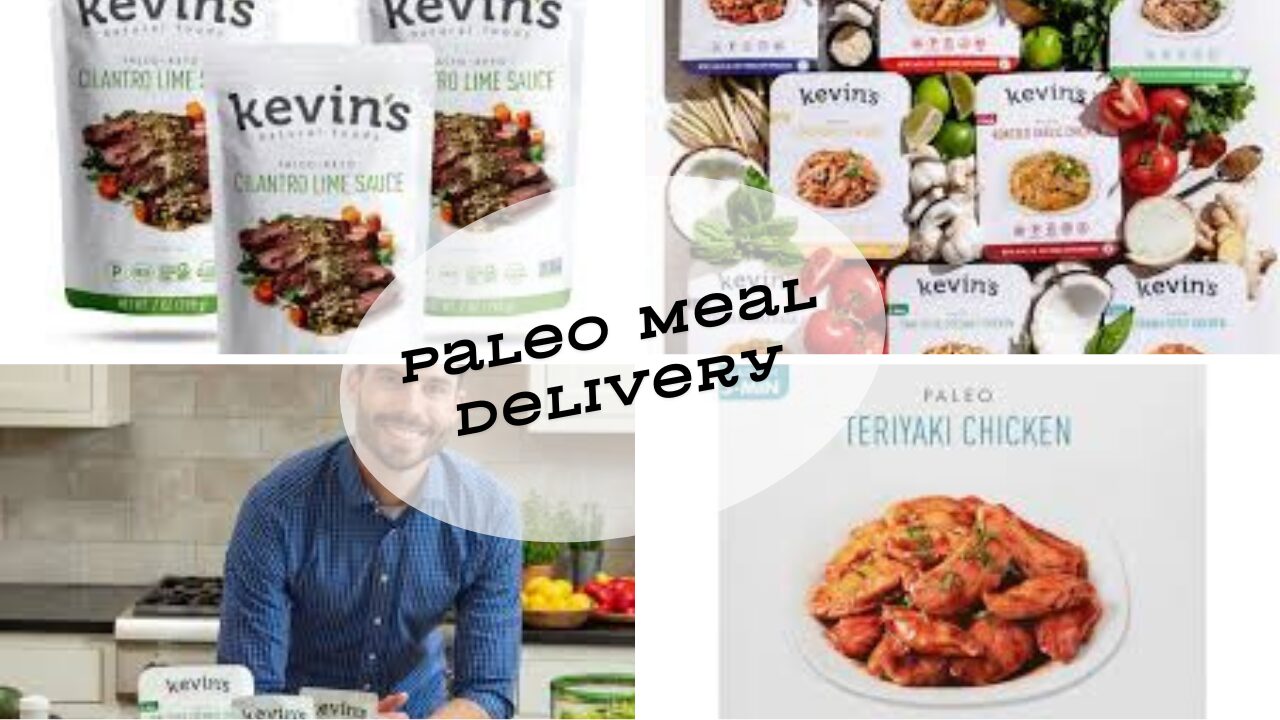Paleo vs Keto: Understanding the Key Differences
Are you thinking about changing your diet but need clarification? Do you need to decide if you should follow a paleo or ketogenic diet? We’ll go over the main distinctions between Paleo vs Keto diets in this post so you can decide which is best for you and your health objectives.
What is the Paleo Diet?
The Paleolithic diet, popularly referred to as the “caveman diet,” is based on the food patterns of our ancestors. Eating meals that our hunter-gatherer predecessors would have had access to—whole, unadulterated foods—is the main goal. Meat, seafood, fruits, vegetables, nuts, and seeds fall under this category. Refined oils, processed sweets, dairy, grains, and legumes are all cut out of the diet.
Benefits of the Paleo Diet
- Promotes weight loss by eliminating processed foods and focusing on nutrient-dense options.
- Supports a healthy metabolism by stabilizing blood sugar levels.
- Reduces inflammation due to the exclusion of grains and processed sugars.
- Increases intake of vitamins, minerals, and antioxidants through various whole foods.
Drawbacks of the Paleo Diet
- Eliminating major food groups, like grains and legumes, can be challenging for some individuals.
- It may require more time and effort in meal preparation and planning.
- There are limited options for vegetarians or vegans due to the emphasis on animal products.
What is the keto diet?
The goal of the ketogenic diet, also known as the high-fat, low-carb diet, is to induce ketosis in the body. The body switches from using glucose as its main energy source to using ketones, made from liver fat, when carbs are substantially reduced and fat is consumed more. Most moderately consumed protein comes from foods like eggs, fish, and meat.
Benefits of the Keto Diet
- Rapid weight loss is due to the body’s utilization of stored fat for energy.
- Improved mental clarity and focus are possible as ketones are an efficient fuel source for the brain.
- Reduced hunger and increased satiety due to the high-fat content of the diet.
- Potential therapeutic benefits for certain medical conditions like epilepsy and type 2 diabetes.
Drawbacks of the Keto Diet
- The initial adaptation phase, known as the “keto flu,” can cause symptoms like fatigue and brain fog.
- Strict carbohydrate restrictions may result in restricted food choices and social limitations.
- Possible nutrient deficiencies due to the exclusion of certain food groups.
- The long-term effects of the diet are still being studied, and more research is needed.
Keto vs Paleo: Key Differences

While both the paleo and keto diets share similarities in eliminating processed foods and promoting whole, natural food choices, significant differences set them apart.
- Macronutrient Ratios: The paleo diet does not have specific macronutrient ratios, while the keto diet requires a high fat, very low carbohydrate, and moderate protein intake.
- Carbohydrate Intake: Paleo allows for moderate carbohydrate intake from fruits and vegetables, while keto restricts carbohydrates to a very low level (typically under 50g per day).
- Fat Intake: While both diets emphasize healthy fats, the keto diet encourages a higher fat intake to promote ketosis.
- Long-Term Sustainability: The paleo diet is generally considered more sustainable in the long run, as it allows for a wider variety of foods and is less restrictive compared to the strict carbohydrate limitations of keto.
Which diet is right for you?
You can choose between the paleo and keto diets depending on your lifestyle, goals, and tastes. If your goals are to minimize inflammation, enhance your general health, and increase your freedom in the kitchen, the paleo diet can be a good fit. However, the keto diet might be something to think about if you want to lose weight quickly, have better mental clarity, and are prepared to follow stringent carbohydrate restrictions.
Before beginning any new diet, contact a healthcare practitioner or certified dietitian to determine if it is appropriate for your unique needs and medical circumstances.
Paleo VS Keto
| Paleo Diet | Keto Diet | |
|---|---|---|
| Focus | Whole, unprocessed foods | High-fat, low-carb |
| Carbs | Moderate intake from fruits and vegetables | Very low carb intake (<50g/day) |
| Fats | Emphasis on healthy fats | High fat intake to promote ketosis |
| Protein | Moderate intake from lean meat, fish, and eggs | Moderate protein intake |
| Weight Loss | Can promote weight loss by eliminating processed foods | Rapid weight loss due to utilization of stored fat |
| Flexibility | More food options, less restrictive | Strict carbohydrate limitations |
| Sustainability | Considered more sustainable in the long run | Requires adherence to strict carb restrictions |
| Health Benefits | Reduces inflammation, stabilizes blood sugar | Improved mental clarity, reduced hunger |
| Considerations | Limited options for vegetarians/vegans | Initial adaptation phase (“keto flu”) |
| Long-term Effects | More research needed | Still being studied |
Frequently Asked Questions
What is the main difference between the Paleo and Keto diets?
The main difference lies in their macronutrient ratios and carbohydrate intake. Paleo does not have specific ratios, while Keto requires high fat, low carb, and moderate protein intake.
Can I lose weight on both the Paleo and Keto diets?
Yes, both diets can promote weight loss. Paleo focuses on eliminating processed foods and emphasizing nutrient-dense choices, while Keto promotes rapid weight loss by utilizing stored fat for energy.
Are there any restrictions on food choices with these diets?
While both diets eliminate processed foods, Paleo allows for a wider variety of fruits and vegetables, while Keto strictly limits carbohydrate intake. Keto may have more restricted food choices due to its low-carb nature.
Is it possible to follow a vegetarian or vegan version of these diets?
Following a vegetarian or vegan version can be challenging with Paleo due to the emphasis on animal products. On the other hand, Keto can be adapted to a vegetarian or vegan approach by including plant-based fats and proteins.
Are there any potential side effects or considerations when starting these diets?
Starting Keto may involve an initial adaptation phase known as the “keto flu,” which can cause symptoms like fatigue and brain fog. With Paleo, some individuals may find eliminating major food groups like grains and legumes challenging. It’s always best to consult a healthcare professional before starting any new diet.






